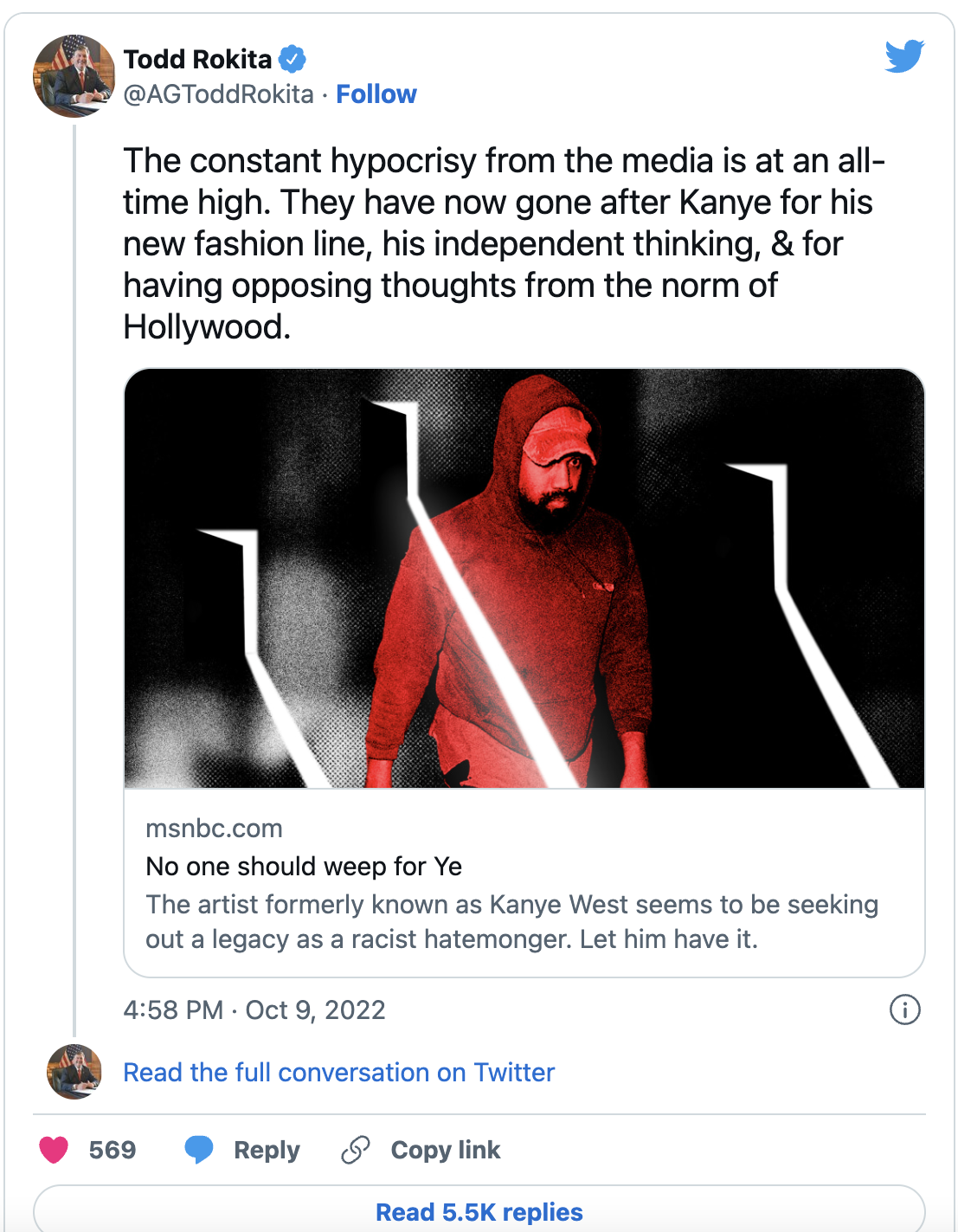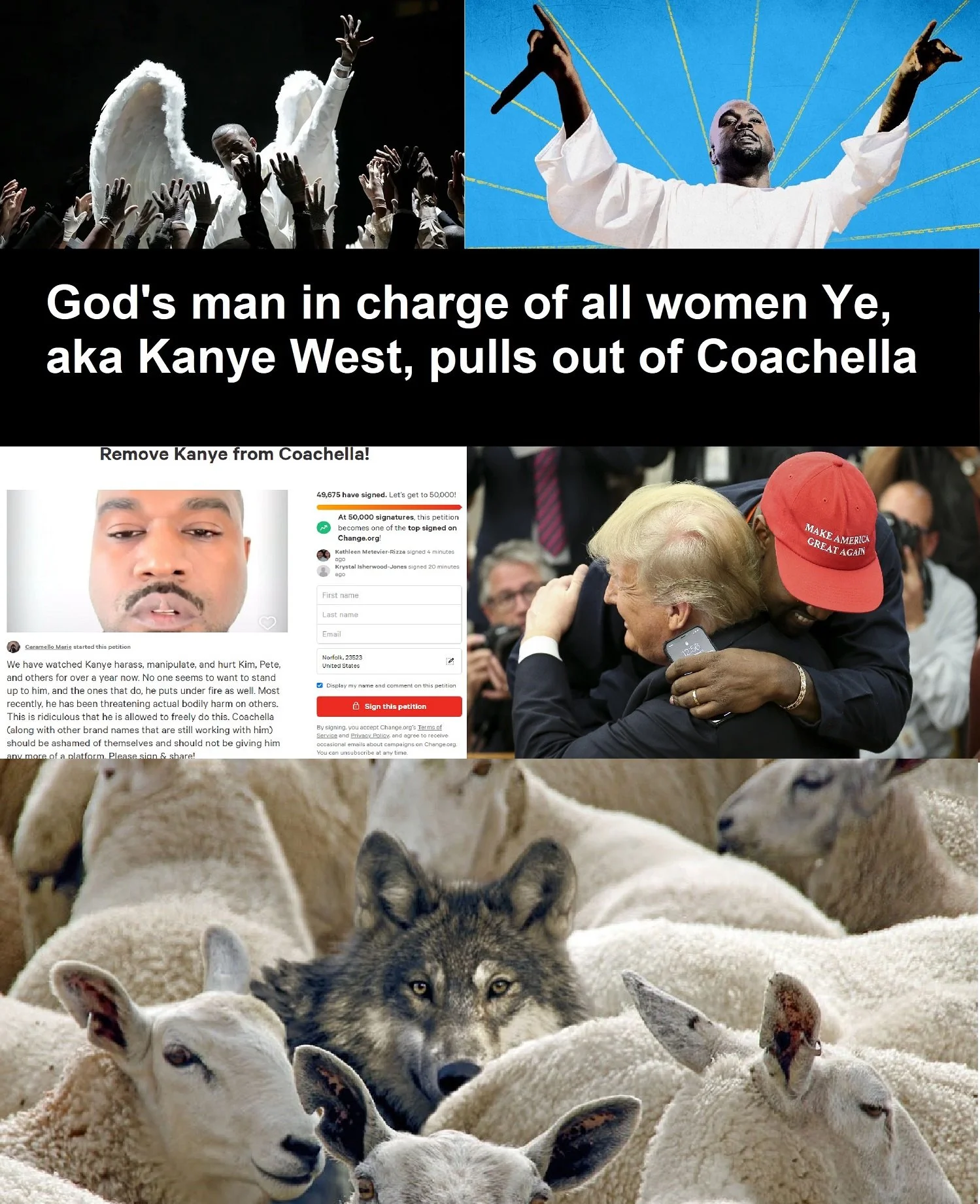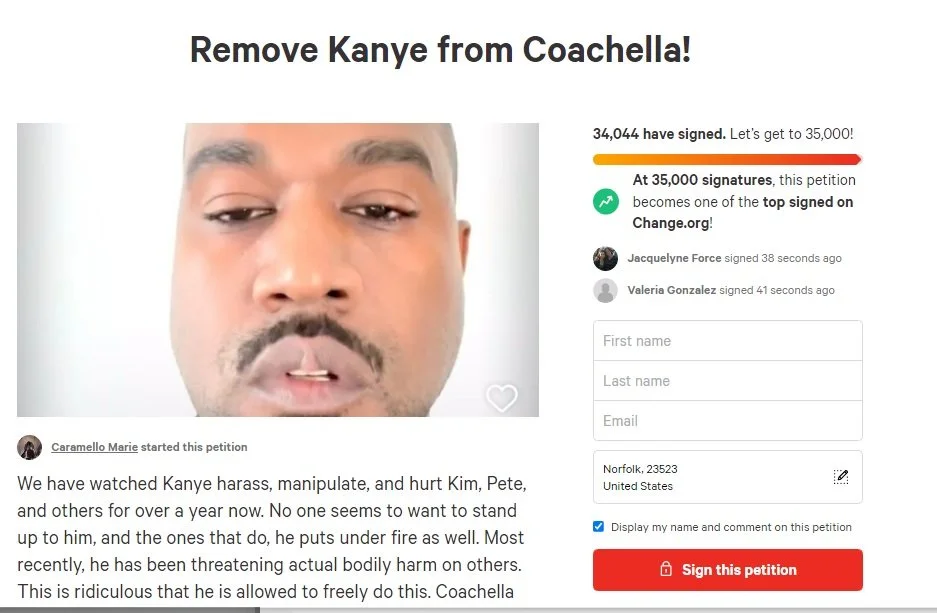How Teach for America Evolved Into an Arm of the Charter School Movement-Pt 1
/As part of Teach for America Week, Treasurer Rosie Rios was a guest teacher at Springarn Senior High School in Washington, D.C. via US Treasury.
By Annie Waldman for ProPublica.
When the Walton Family Foundation announced in 2013 that it was donating $20 million to Teach For America to recruit and train nearly 4,000 teachers for low-income schools, its press release did not reveal the unusual terms for the grant.
Documents obtained by ProPublica show that the foundation, a staunch supporter of school choice and Teach For America’s largest private funder, was paying $4,000 for every teacher placed in a traditional public school — and $6,000 for every one placed in a charter school. The two-year grant was directed at nine cities where charter schools were sprouting up, including New Orleans; Memphis, Tennessee; and Los Angeles.
The gift’s purpose was far removed from Teach For America’s original mission of alleviating teacher shortages in traditional public schools. It was intended to “generate a longer-term leadership pipeline that advances the education movement, providing a source of talent for policy, advocacy and politics, as well as quality schools and new entrepreneurial ventures,” according to internal grant documents.
The incentives corresponded to a shift in Teach For America’s direction. Although only 7% of students go to charter schools, Teach For America sent almost 40% of its 6,736 teachers to them in 2018 — up from 34% in 2015 and 13% in 2008. In some large cities, charter schools employ the majority of TFA teachers: 54% in Houston, 58% in San Antonio and at least 70% in Los Angeles.
Established nearly 30 years ago to tap idealistic graduates of elite universities to teach at traditional public schools in high-poverty areas, Teach For America has evolved into an informal but vital ally of the charter school movement. Not only does it place a disproportionate number of its teachers in charter schools, but the organization and its affiliated groups also have become reliant on the support of the Walton Foundation and other school choice advocates, including a daughter of billionaire Michael Bloomberg, the former New York City mayor. As board members of Teach For America’s offshoot leadership organization, which gives to the political campaigns of former TFA teachers, Emma Bloomberg and a Walton family member have supplemented the organization’s contributions to charter school proponents with their own donations.
“There’s no question that Teach For America as it evolved became joined at the hip to a large degree with the national education reform movement. I suspect that some of this was coordinated in part with funders who are active in the Teach For America funding and the charter and reform activities,” said Jeffrey Henig, a professor at the Teachers College, Columbia University, and author of a book about education research and charter school policy. “These billionaire school reformers and the foundations with which they are allied really have become much more sophisticated in the way they strategically use their funding.”
Teach For America cautioned its public school teachers against participating in recent teacher strikes in Oakland, California, and Los Angeles. Ava Marinelli, one of just 35 Teach For America teachers in the Los Angeles traditional public schools, joined the picket line anyway.
“With the level of divisiveness between charter and public schools, Teach For America has aligned with the charter school agenda,” she said in a recent interview. “This shows with their donors and who their partners are.” Teach For America said that it took no stance on whether its teachers should strike, but that the terms of their AmeriCorps funding prohibited involvement with organized labor.
Teach For America CEO Elisa Villanueva Beard said that donors don’t sway its approach. “We don’t have any one funder that is more than 5% of our overall budget,” Beard said. “We are very focused on what are our objectives, what is our mission, what are our values and what are the needs of the community.” She said that current grants to Teach For America from the Walton Foundation and other organizations don’t favor charter schools over traditional public schools.
She said that the organization does not have a national placement strategy and that where corps members teach is determined by the needs of regional partners. “Every last strategy question is answered locally,” Beard said. “Our interest is just to make sure that we are working to ensure that we meet our partners’ needs, are serving the students who need us most and are able to advance the needle for opportunity for them.”
Both push and pull factors have fostered Teach For America’s shift in direction. Since 2016, school districts in San Francisco; Jacksonville, Florida; and Houston have decided to end their contracts with Teach For America, citing, among other reasons, its teachers’ relatively low retention rate. At the same time, Teach For America and the charter school movement share a similar goal: promoting innovation by streamlining bureaucracy. Teach For America’s alumni have started some of the nation’s largest charter networks, including KIPP, Rocketship Education, IDEA and YES Prep.
Whichever type of school they serve in, Teach For America’s teachers devote their intelligence and energy to helping low-income and minority students and closing the nation’s unrelenting achievement gap. But its metamorphosis reflects a broader trend: As nonunion charter schools have gained acceptance in the past 20 years, political support for traditional public schools and teacher unions has eroded.
While both the Obama and Trump administrations have backed charter schools, the appointment of Education Secretary Betsy DeVos, who once called the traditional public education system a “dead end,” fractured the political consensus. The issue divides candidates for the Democratic presidential nomination. Bernie Sanders has called for a moratorium on federal funding of charters until a national review of their growth is conducted. Sanders, Joe Biden and Elizabeth Warren have criticized for-profit charter schools, with Sanders advocating an outright ban.
Other candidates, such as Cory Booker and Beto O’Rourke, are sympathetic to charters. As Newark’s mayor, Booker raisedmillions in private funds for education reforms, including the expansion of charter schools. O’Rourke, whose wife started a charter school, has called them a “good idea” for encouraging competition and innovation.
As a Princeton University senior in 1989, Wendy Kopp had a radical idea to curb the teacher shortages plaguing America’s least resourced public school classrooms: Send them the country’s brightest college graduates.
“We take all of these promising future leaders and have their first two years be teaching in low-income communities, instead of working in banks,” Kopp said. “I thought that would change everything. It would change the consciousness of the country.”
Within a year, Kopp’s idea became Teach For America, which recruits new graduates from top colleges, trains them for five weeks, places them in schools nationwide and mentors them during a two-year classroom commitment.
Fueled by Kopp’s prolific fundraising, the nonprofit grew quickly. In 2000, it raised $25 million from private donors, government grants and foundations, which supported about 1,600 new corps members a year. By 2016, its contributions and grants rose to $245 million with an endowment of about $208 million, enough for 3,500 new members a year. Today, Teach For America ranks among the 100 largest nonprofits in the country.
The charter school movement, which arose soon after Teach For America’s founding, was booming as well. Publicly funded but privately managed, and regarded by some proponents as a way to fix a failing education system weighed down by unions and bureaucracy, charter schools nearly tripled in enrollment from 2006 to 2016.
Christina Animashaun/Vox for Billionaires are spending their fortunes reshaping America’s schools. It isn’t working.
While Teach For America has received more than $40 million annually in government grants, according to the recent tax filings, some of its largest private donors also bankroll charter schools. Over the years, these backers — including Greg Penner, Walmart’s board chairman and a Walton family member by marriage; Arthur Rock, a retired Silicon Valley entrepreneur; and Eli Broad, a Los Angeles philanthropist — have cycled through Teach For America’s board. Together, the three tycoons and their family foundations have doled out atleast $200 million to Teach For America.
“There are only so many donors and Teach For America is probably going after all of them, certainly whether they have a charter agenda or not, but many of them are very supportive of charters,” Kopp said.
Rock said in an email that he devotes almost all of his time and philanthropy to supporting K-12 education. “I support those organizations which have a proven record of helping children,” he said. Penner declined to comment, and Broad did not respond to questions related to his support of the organization.
Teach For America has long maintained that it does not prefer charter schools. “We believe in public education,” the organization states on a webpage devoted to combating criticism. “We’re not concerned about whether kids (or teachers) go to traditional district schools or public charter schools or innovative magnet schools, and TFA takes no institutional position on school governance.”
Marc Sternberg, a former corps member, now runs K-12 education for the Walton Family Foundation, which has given more than $100 million to Teach For America over the years. He said the foundation has a “bedrock partnership” with Teach For America. To Sternberg, the missions of the two organizations are intertwined: expanding educational opportunity, and options, for children.
“I was placed in a school that was pretty dysfunctional,” said Sternberg, reflecting on his Teach For America experience at a traditional public school in the South Bronx in the late 1990s. “It lacked a leadership thesis that is necessary for organizational success. The entrepreneur walks into that environment, and sees all the great things, and develops an understanding of the problem statement and then wants to do something about it.”
While Sternberg said that the Walton foundation is “agnostic” about the types of schools it funds, the foundation has been one of the most generous supporters of charter schools, having spent more than $385 million to help launch and sustain about a quarter of the nation’s charter schools since 1997. In 2016, the foundation announced that it would spend an additional $1 billion to support charter schools, expand school choice and develop “pipelines of talent.”
The foundation’s 2013-15 grant paid more for placing TFA teachers in charter schools, Sternberg said in an email, because “we wanted to ensure that the growing number of charter schools had access to high-quality educators given increased demand from communities.” Its current grants to TFA provide equal funding for teachers at charter and traditional public schools, he said.
Today, in most of the cities targeted by the 2013 grant, TFA partners with more charter schools than traditional public schools, according to AmeriCorps data. In Indianapolis and greater Los Angeles, about two-thirds of TFA’s partner schools are charters. In New Orleans, where nearly all of the schools are charters, all of TFA’s corps members are assigned to charter schools. In the past five years, the proportion of TFA teachers placed in charter schools has increased even as the raw numbers have gone down, reflecting an overall decrease in corps members.
Another major donor to both Teach For America and charter schools is the Doris & Donald Fisher Fund, created by the founders of The Gap. In 2009, the fund gave $10 million over five years “to continue Teach For America’s role as a pipeline of teachers and leaders in the charter school movement,” according to an internal agreement.
In 1994, two Teach For America alumni founded the Knowledge is Power Program, now one of the nation’s largest charter school networks. As chief executive of the KIPP Foundation, Kopp’s husband, Richard Barth, has overseen the network’s expansion.
“Leadership is critical, and so we have been very involved with Teach For America, which is an organization that has really given birth to KIPP and to many of the top charter school organizations around the country,” the Fishers’ son, John, said in a filmed 2012 interview. “The human pipeline — the pipeline of top talent — has really been accelerated through the success of Teach For America.”
As of 2012, a third of KIPP’s teachers were Teach For America corps members and alumni. KIPP did not provide more recent figures. “You look at the percentage of the principals and teachers at KIPP and it’s clear that it’s a pipeline,” Kopp said.
As school superintendents and state education directors, TFA alumni have pushed to expand charters. In 2011, former corps member John White became superintendent of the state-run Recovery School District, which oversaw most of New Orleans’ schools. He’s now the state superintendent of education. Over the same period, charter schools in the city and across the state have proliferated. The last traditional public schools in New Orleans are set to close or begin a transition to charter control by the end of the year, and by 2022, all of the city’s schools will be charters.
Cami Anderson, a Teach For America alum and former employee, was a key adviser to Cory Booker in his unsuccessful 2002 campaign for mayor of Newark, New Jersey. In 2011, when Booker was mayor, she became Newark’s superintendent of schools. She reorganized the district, which led to mass layoffs of public school teachers and an increase in charter enrollment.
Under Teach For America alum Kevin Huffman, who served as Tennessee commissioner of education from 2011 to 2015, the number of charter schools there doubled. The state’s current commissioner, Penny Schwinn, was also a TFA corps member. In Washington, D.C., two charter-friendly Teach For America alumni have led the district over the past decade: Michelle Rhee and Kaya Henderson.
Eric Guckian, a former Teach For America corps member, headed the organization’s North Carolina chapter, and he later pushed for more charter schools as a senior adviser for education to the state’s governor. He said propelling TFA alumni into positions of power was always the plan.
“The promise of Teach For America, when I was pitching it to potential donors, was that all these kids are going to turn into leaders and that has manifested itself,” Guckian said.
Not all of Teach For America’s alumni leaders favor charter school expansion. After teaching for more than two decades in traditional public schools in Compton and Los Angeles, Alex Caputo-Pearl was elected to lead the local union, United Teachers Los Angeles.
“There are a lot of very good people who are attracted to the program and do good work,” said Pearl, who joined Teach For America in 1990. “I was in a classroom because nobody would be there if I wasn’t there.”
But, he said, Teach For America’s agenda has shifted. In Los Angeles, where about a quarter of students are enrolled in charter schools, Teach For America has become the “main contributor to the charterization and privatization of public schools, rather than helping to address the teacher shortage in public district schools,” he said.
At ICEF Inglewood Middle Charter Academy, in a low-income and predominantly black and Hispanic neighborhood in Los Angeles, five of the school’s eleven teachers are TFA members, including English teacher Joy McCreary. One morning in May, she peppered her seventh graders with questions about a passage they had read on the photographer Eadweard Muybridge.
“And what was Muybridge trying to find out by photographing a horse running?” she asked a student in the second row of her classroom, which was decorated with white lights strung against curtained windows, student projects and motivational messages promoting humility and determination.
“If a horse could fly,” the student responded. McCreary nodded.
McCreary grew up in the Los Angeles suburbs; both of her parents were teachers. In June 2018, she graduated from the University of California, Los Angeles, with degrees in international development, political science and German studies, and joined Teach For America. Her five weeks of training included coursework and teaching at a summer school program. Unlike teachers at traditional public schools, who typically gain certification by completing a qualified prep program and passing a standardized test, charter school teachers and TFA corps members may not need traditional certification. Over the years, TFA has successfully lobbied state and federal legislators for a classroom fast track for its members.
“Teaching is very sink or swim,” McCreary said. “The best way to learn how to teach is just to teach.”
When McCreary joined Teach For America, she didn’t care what kind of school she ended up in. Now she’s glad it’s a charter school.
“Charter schools place a much higher focus on teacher development,” McCreary said. At traditional district schools in Los Angeles, she added, “You get these old, battle-ax teachers that have been there forever and are doing the same things every year and are not necessarily trying out new things or being challenged to try new things.”
Natalie Kieffer, the principal, also participated in Teach For America. After three years of teaching at a traditional public school in Los Angeles, Kieffer was laid off during the financial crisis and moved to a charter school. Within a decade, she rose from teacher to principal.
“There were opportunities for growth that I wouldn’t have been offered in [the Los Angeles Unified School District],” Kieffer said. “Being laid off was a blessing in disguise.”
The Inglewood school district recently revoked the academy’s charter due to low academic performance, forcing it to close at the end of the year. Kieffer, who did not respond to emailed questions about the closure, will become an assistant principal at a charter high school next year. McCreary will move to another Los Angeles charter chain, the Alliance College-Ready network.
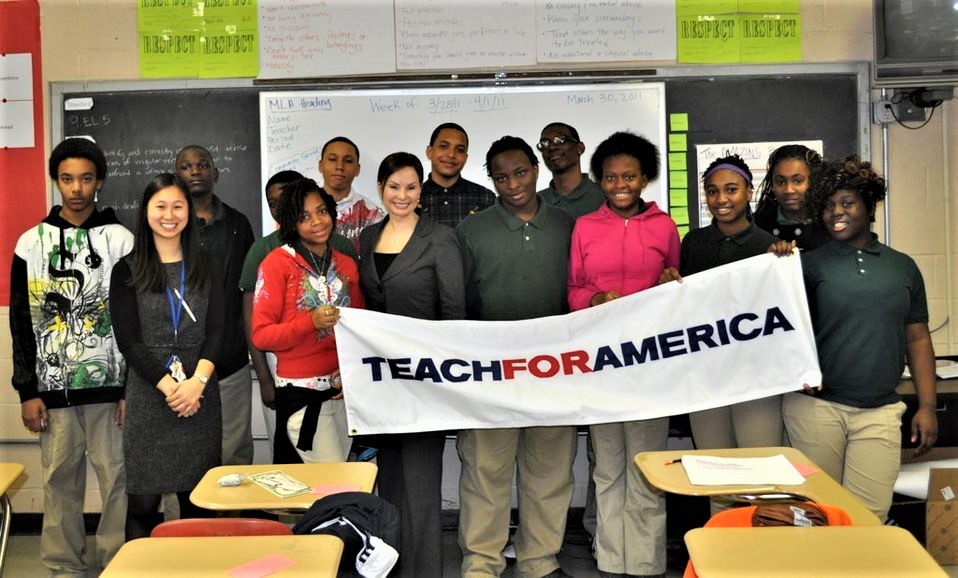

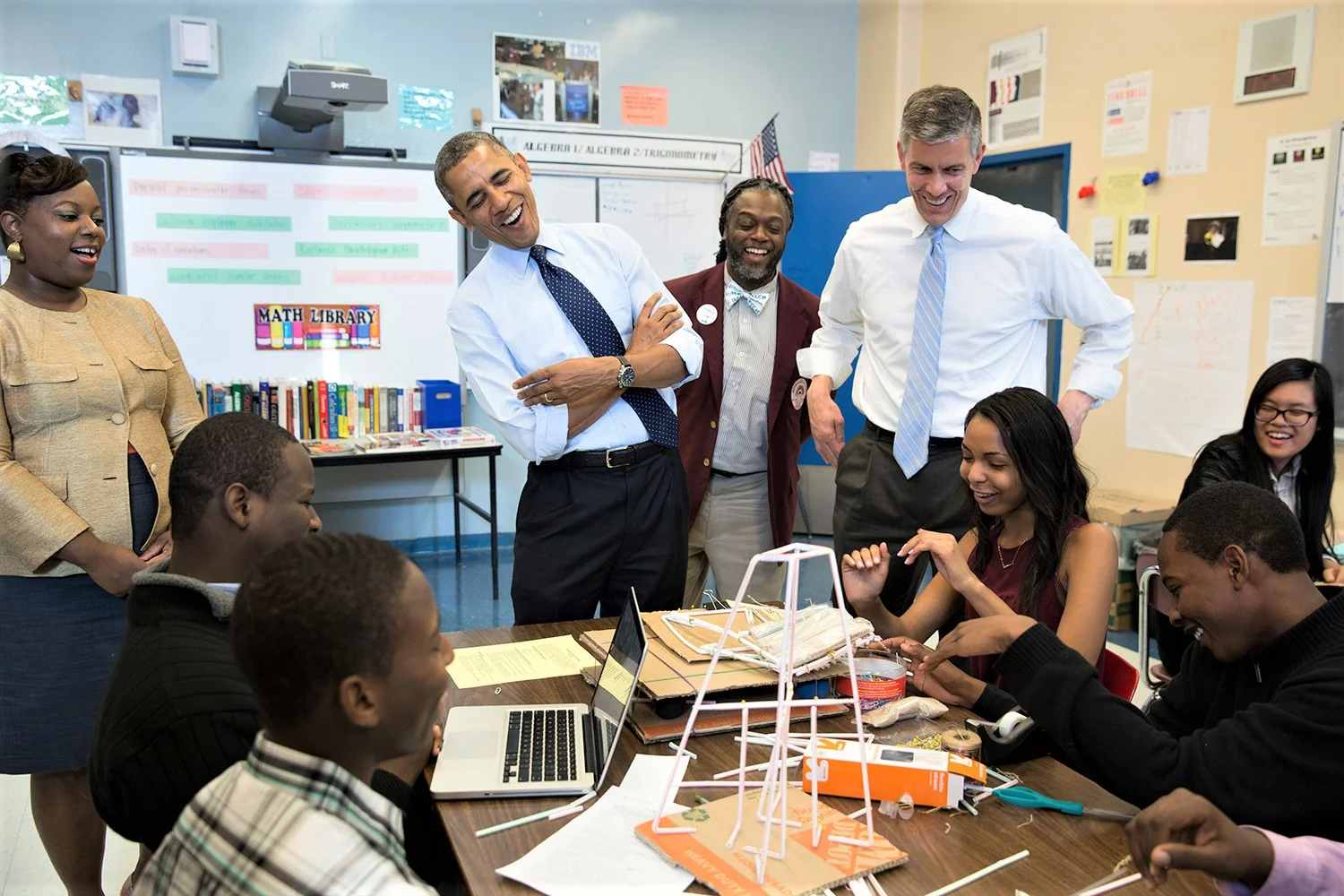










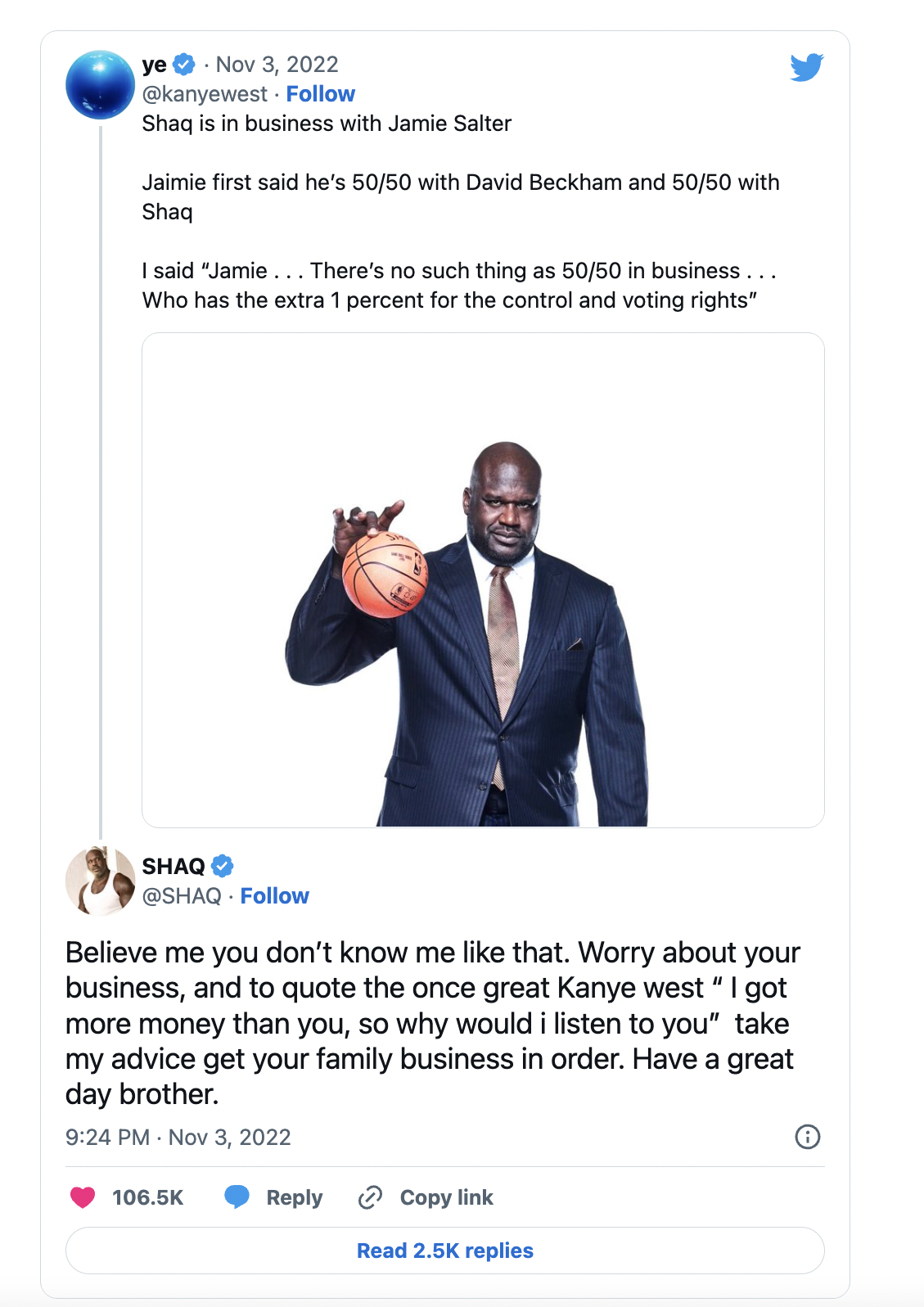










![Kanye West's [aka Ye] Refusal to Treat His Mental Illness Is No Excuse For His Anti-Semitism](https://images.squarespace-cdn.com/content/v1/55f45174e4b0fb5d95b07f39/1666238183530-4WVG9SNG88HTSKQ0WWDV/Is+Kanye-West-Running-Out-of-Platforms.png)
